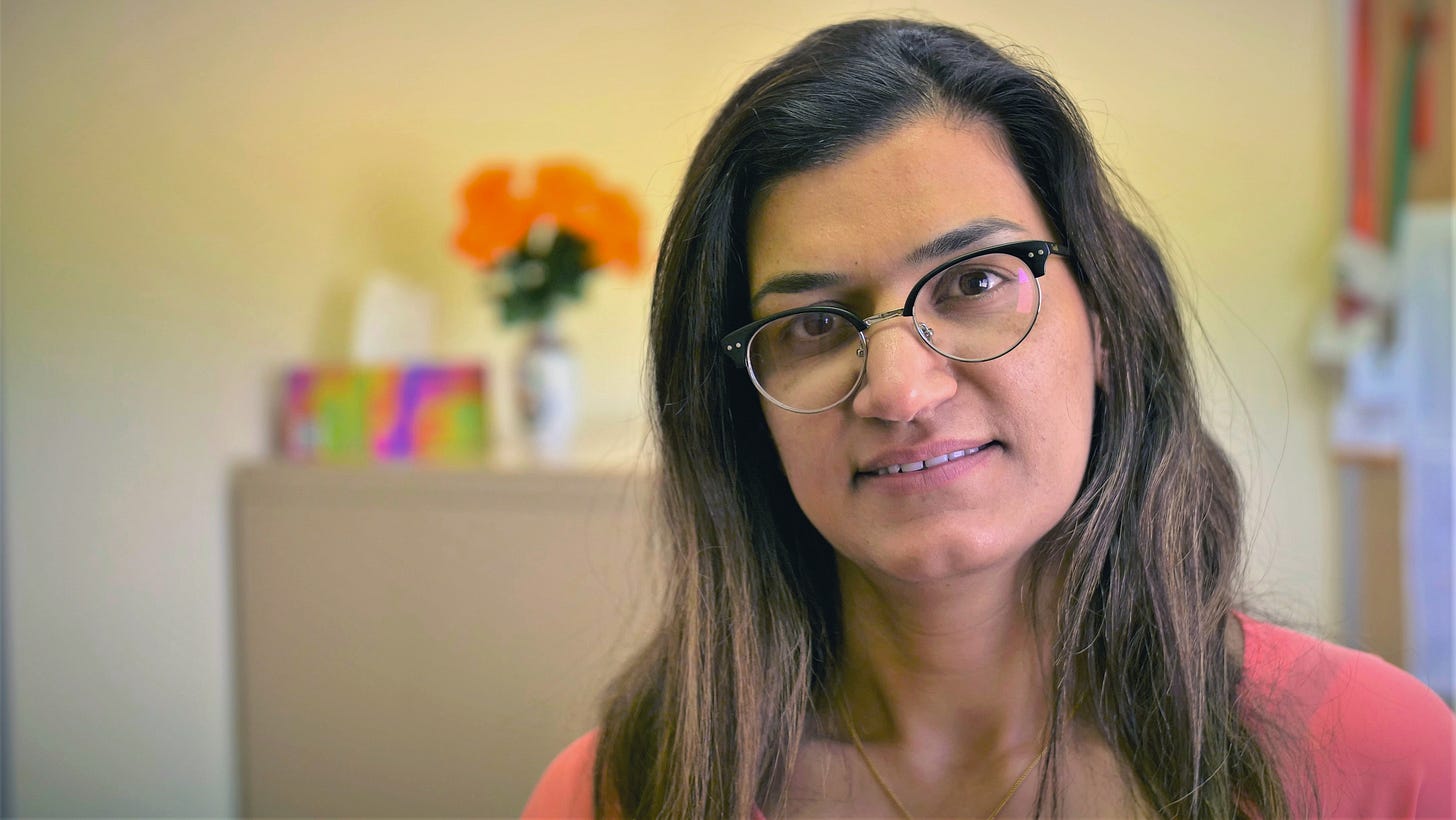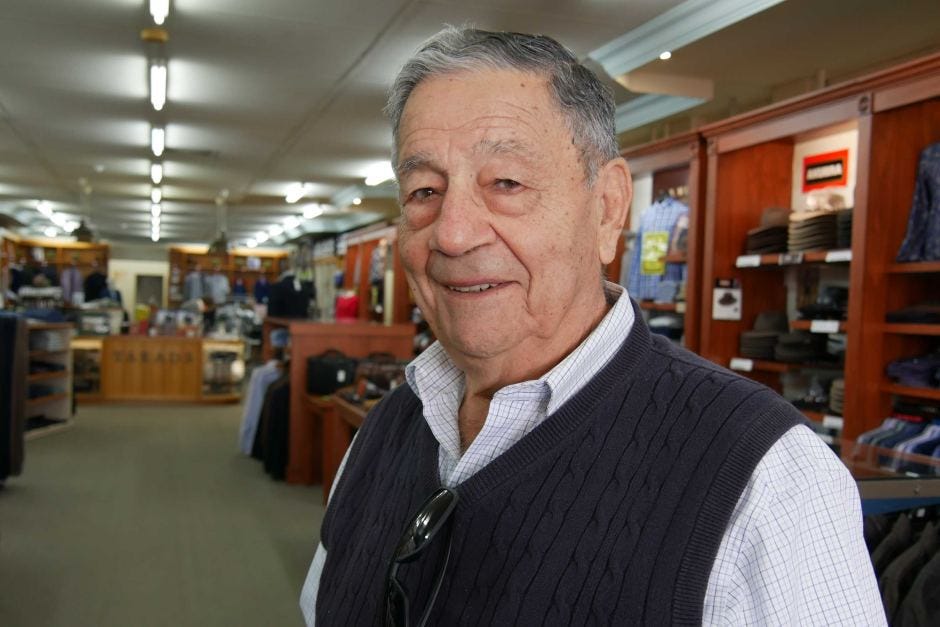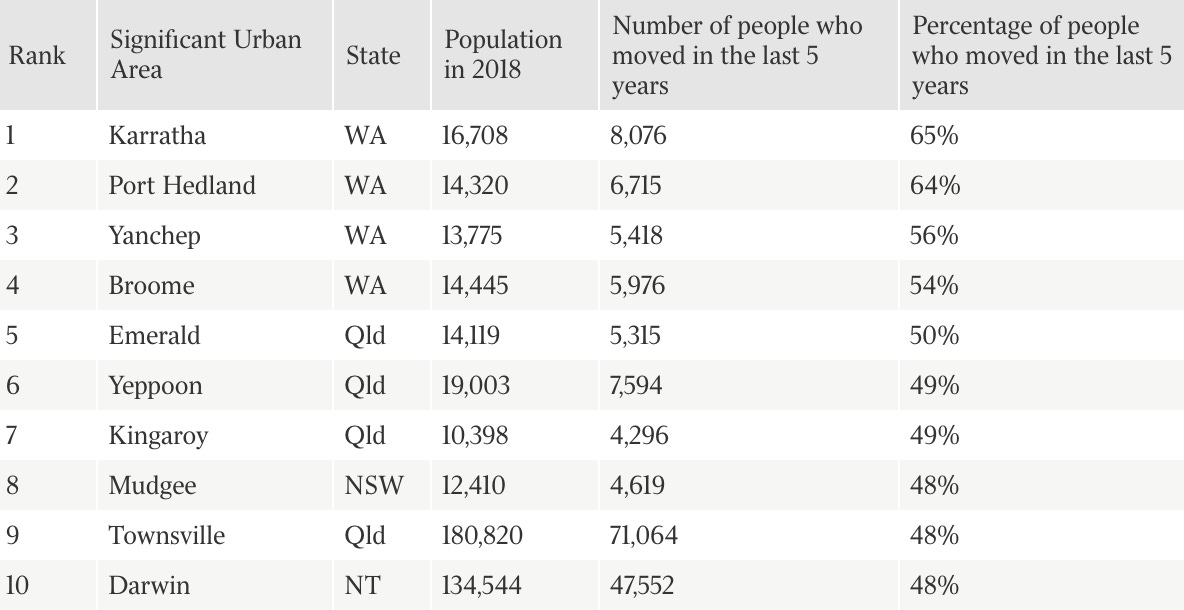Hello and happy Friday.
Immigration and population news is set out below. Please forward this email to peers. They can sign up themselves with this button:
New South Wales not ready
The federal government’s regional visas launch this weekend. But it’s clear not everyone is ready.
The Northern Inland NSW branch of Regional Development Australia (RDA) - one of the country’s many regional visa certifying bodies - said in its newsletter this week:
While the Australian Government’s Department of Home Affairs officially commences this visa on Saturday 16th November 2019, the NSW State Government has delayed commencement of nominations until new points arrangements with the 491 visa have been clarified and a new nomination process has been developed, with aim of achieving better outcomes that the 489 visa [sic]. Unfortunately, we have not been able to get a start date for the 491 visa program but our colleagues in Sydney have advised that it will not begin until early 2020, hopefully January.
The Riverina RDA told me it hasn’t been given permission to launch either.
A spokesperson for NSW Treasury said “the NSW Government is carefully considering the nomination process for this new visa” and they will provide an update “at the appropriate time.”
I contacted the office of Immigration Minister David Coleman and was told the system is ready to go, and these issues were up to the states to resolve.
How these issues affect the rate at which the federal government can redirect migrants from cities like Sydney to regions is not clear.
I’m waiting to receive more back from Mr Coleman’s office and plan to write an article on Monday. Have you discovered any other teething problems? Just reply to this email.
People of Australia
I visited Wagga this week in south-western New South Wales to learn about why skilled migrants might choose to stay in regional areas.
Forough Ataollahi found the social networks she developed while studying there helped make the transition easier.
"My friend kept saying you will get bored in Wagga because … nowhere to go, not enough activities to do … but when I got here I fell in love in Wagga."

As an animal health and welfare researcher for the NSW Government, she gets to work in Wagga in her specialty area.
And she found life in the town presented a pleasant surprise:
"Fishing … we didn't have this sort of opportunity in Iran, because we are living in a desert area of Iran, so we didn't have access to practise this."
Look out for more from Forough in my story next week.
What else happened
Policy
Primrose Riordan from the Financial Times covered international students in Australia:
With more than a third of all overseas students in higher education in Australia last year coming from China, debate about the sector relying on the Chinese market has reached fever pitch. However, Australian business schools say their MBA programmes are resistant to this over-reliance and instead are seeing an increase in interest from Indian students.
Julie Hare in The Australian ($) looked at where international students were going in Australia:
Tasmania and South Australia have witnessed dramatic increases in demand from international students during the past year, triggered largely by generous post-study work rights, while the ACT was the only jurisdiction to experience a decline.
Labor MP Tim Watts’ new book on migration was reviewed in The Australian ($) and the Lowy Interpreter.
The multicultural affairs team in South Australia’s Department of the Premier and Cabinet and the University of Adelaide’s Hugo Centre for Migration and Population Research won an award for “spatial excellence”.

Marie Segrave from Monash wrote how Australia's migration system is failing victims of gendered violence.
A Greens/Labor motion to disallow fast-tracking of visa processing for asylum seekers failed in the Senate.
There was commentary in WA over its status as a regional centre for the new visas:
It’s ironic, because Premier Mark McGowan’s first act of business when he won the 2017 election was to ask to be removed from the scheme to put WA jobs first. Fast forward 2½ years and our return to the scheme could be argued as a job-creating decision, as more fee-paying international students could create new opportunities for WA job-seekers.
People

ABC interviewed early Lebanese migrants like Bruce Yarad:
“I feel proud standing here, terribly proud, because families can achieve things … but you've got to work hard at it.”
The first Indian-born Miss Universe Australia, Priya Serrao, talked about diversity and migration in the South China Morning Post.

Population
Simon Kuestenmacher wrote about areas with high population turnover in The Australian ($):

The world
Co-operation between Fiji and Australia on border protection earned a short story in Fiji.
Realestate-dot-com-dot-au shared data showing Melbourne and Gold Coast were of most interest to Hong Kong investors.
Early in the week, UK Home Office Minister Victoria Atkins couldn’t say if immigration would go up or down during a BBC radio interview. By the end of the week:
Home Secretary Priti Patel has vowed the Tories will 'reduce immigration' and warned numbers would 'surge' if Jeremy Corbyn became PM.
Bloomberg posted an opinion piece about the risks for Emmanuel Macron in pursuing ‘quotas’ on non-EU immigration in France.

The Times explored ($) what UK Labour and Conservative policies “really mean for immigration”.
And finally, migration numbers remain high in New Zealand:
ASB economist Mike Jones said the numbers were higher than the bank, and Reserve Bank, had been expecting. "The net migration 'second wind' has now been running for 14 months," Jones said.
Thanks for reading. Catch you next week.
Jack


